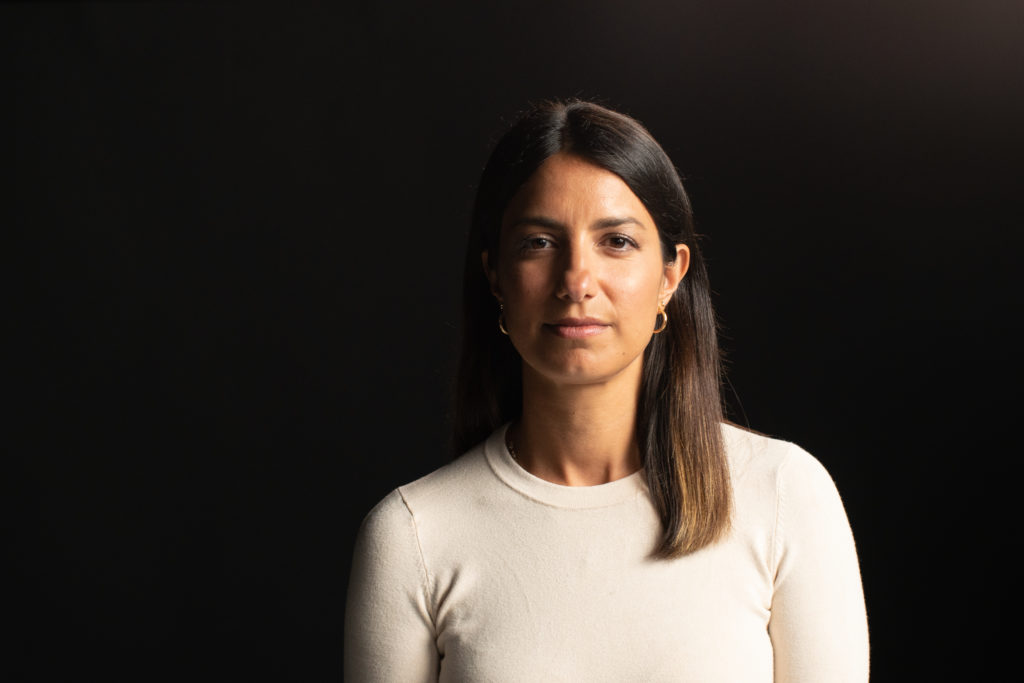“I’m hoping for a cure” – A personal account of life with type 1 diabetes

This year marks 100 years since the development of insulin. For people living with type 1 diabetes (T1D), insulin isn’t just a life-changing treatment, it’s lifesaving. During the past century there have been significant developments in research and treatments to improve the lives of those living with type 1 diabetes (T1D). However, there is still more to be done to defeat this disease.
Awareness and understanding about T1D in Australia is low, particularly for adults living with the chronic condition. There are more than 125,000 people in Australia living with type 1 diabetes (T1D), and each year a further 2,920 are diagnosed. Of these, roughly half are adults over the age of 18.
Lydia Forsdike is an adult living with type 1 diabetes – we spoke to her about her experience since being diagnosed and what her hopes are for the future of T1D.
What was it like to be diagnosed with type 1 diabetes?
I was diagnosed almost two years ago when I was 32. I had every symptom under the sun, yet was in denial about anything being wrong with me. I was constantly thirsty, eventuating in many trips to the bathroom throughout the day and night. I lost close to 10kgs in about 4 weeks without trying (of course it was too good to be true!). To say the diagnosis was a shock is an understatement. I felt so ignorant for hardly knowing anything about T1D and even felt guilty for momentarily feeling hard done by.
How has it impacted your life?
Type 1 diabetes is a full-time disease. It doesn’t let you have much more than five minutes off. I am constantly monitoring blood glucose levels throughout the day – via either a manual finger prick test or through a continuous glucose monitor (CGM) attached to the body. Every meal requires a calculation for how many carbs I’ll be consuming and therefore how much insulin is required, whichI Inject at least 4 times a day. Timing of exercise and eating is crucial, and organisation is key. I never leave home without my orange juice or back up lollies in case of a hypo!
What are your hopes for the future of type 1 diabetes?
My biggest hope is for a cure. Until then, I hope that every single Australian with T1D has access to the latest technology of insulin pumps and CGMs to assist in turning this full-time job into perhaps more of a part time, less stressful job. I also hope more Australians become aware of the differences between type 1 and type 2 diabetes.
What do you think has the biggest ability to help achieve your hopes for type 1 diabetes?
JDRF Australia plays a huge role in helping to achieve my hopes by bringing people together to make a greater impact in progressing the path to a cure. They do brilliant work with research, advocacy and general awareness raising. Greater awareness means greater exposure to people, and we are always stronger in numbers.
What would you say to others out there in the type 1 diabetes community who are looking for hope after a new diagnosis or dealing with a T1D related challenge?
Don’t lose hope. Look how far we’ve already come! From no insulin and no hope just over 100 years ago to where we are now. Imagine how far we can go?
****
By adding your voice to the conversation, you can be part of history and help JDRF shape the future of type 1 diabetes. Your hopes will help us focus our research, advocacy and fundraising efforts as we work towards our vision of a world without type 1 diabetes. Share yours by clicking the button below.
It’s also important to support organisations that are working hard to support people living with T1D. That’s why I shared my type 1 hope through JDRF so that my voice can help shape a better future for type 1 diabetes.




